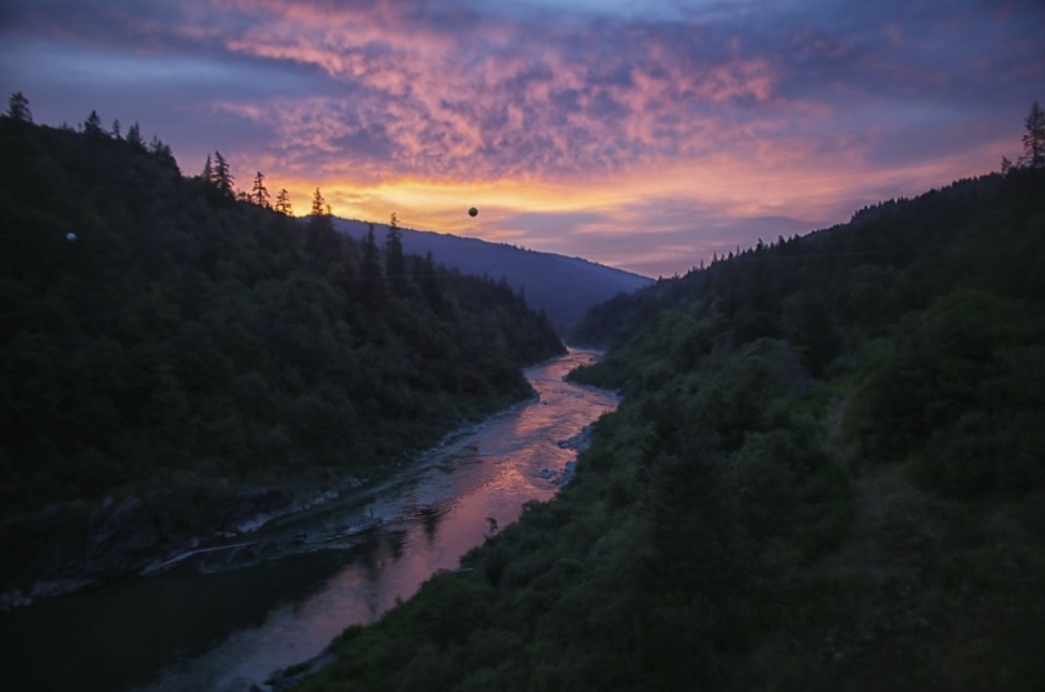Los Angeles Times Op-Ed: A victory for salmon, two tribes and the Klamath River
https://www.latimes.com/opinion/story/2020-11-17/klamath-river-basin-dams-pacificorps-gavin-newsom-yurok-karuk-salmon-warren-buffett

After an uphill two-decade-long struggle in one of the nation’s most contentious watersheds, campaigners in the Klamath River Basin moved to the brink of a momentous, well-deserved victory Tuesday. PacifiCorp, a Pacific Northwest utility that owns four environmentally and culturally disastrous dams that span the Klamath, announced via Zoom and YouTube that it had withdrawn its last objection to their demolition. All that’s needed now is an expected final approval from the Federal Energy Regulatory Commission, and the massive dam removal project could be carried out in 2023.
During the livestream announcement, Govs. Gavin Newsom of California and Kate Brown of Oregon, the chairmen of two Klamath Basin tribes and an executive representing PacifiCorp’s corporate owners took a public victory lap, unveiling an agreement that squarely meets objections raised by FERC to an earlier plan. At the turn of this century, when leaders of the Yurok and Karuk tribes launched the campaign to take down the dams, the goal was a long shot. They mounted a grass-roots movement, hired capable scientists and lawyers, and built relationships with legislators, government agency officials and even some farmers and ranchers, their putative foes. Despite major setbacks, they didn’t give up.
“Hard projects like this never happen just because they’re the right thing to do,” Brian Johnson, California director of Trout Unlimited, which worked with the tribes, told me. “They happen when a group of people decides that failure isn’t an option.” At first, PacifiCorp refused to consider dam removal at all, then in 2010 agreed to the idea but balked at accepting liability for any unbudgeted costs that might arise from demolition. When FERC insisted in July that the plan couldn’t proceed unless PacifiCorp accepted a share of potential liability, the deal nearly broke down. Newsom and Brown came to the rescue, authorizing their two states to take on what is projected to be a minimal risk of unbudgeted costs.
The Klamath Basin, which extends diagonally from the Oregon Cascades to the far Northern California coast, once supported the country’s third-largest salmon fishery. But beginning a couple of centuries ago, the river was devastated by mining, beaver trapping, logging, farming and ranching; the dams delivered the crowning blow. Now all the Klamath’s salmonid species are either extinct or in severe decline, the lower river is plagued with the parasite
Ceratonova Shasta, which ravages fish, and each summer the reservoirs behind the dams contain stews of highly toxic blue-green algae. Solutions to all of these issues start with dam removal. By itself, the dams’ absence will open up 420 miles of river and stream spawning habitat to salmon, whose numbers and biological diversity are expected to grow substantially as a result.
C. Shasta and blue-green algae should both largely disappear.
snip
